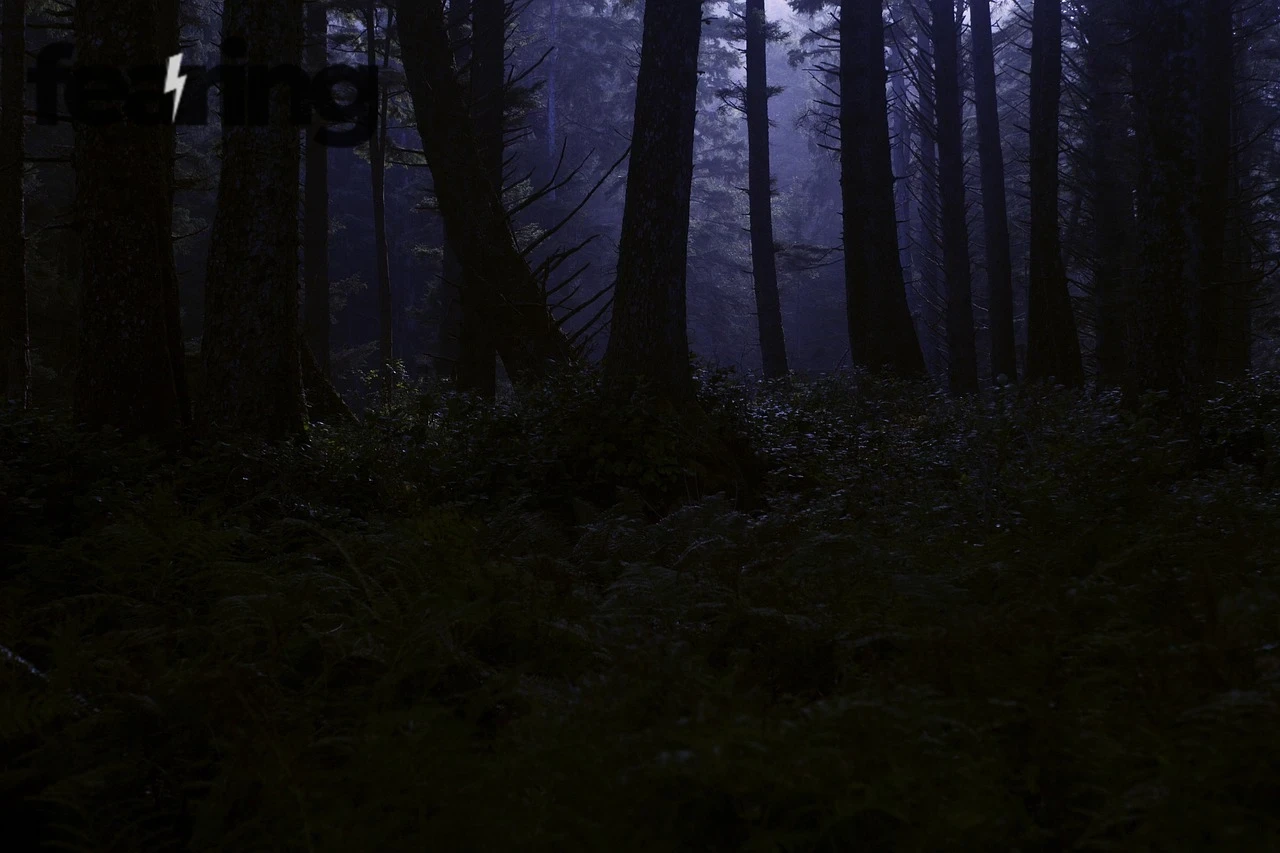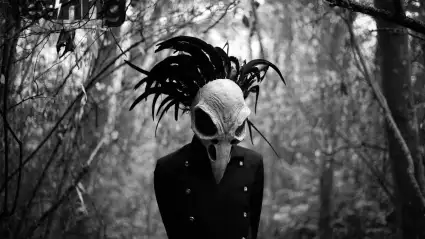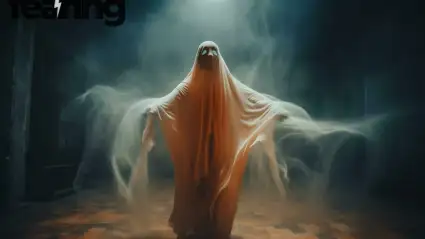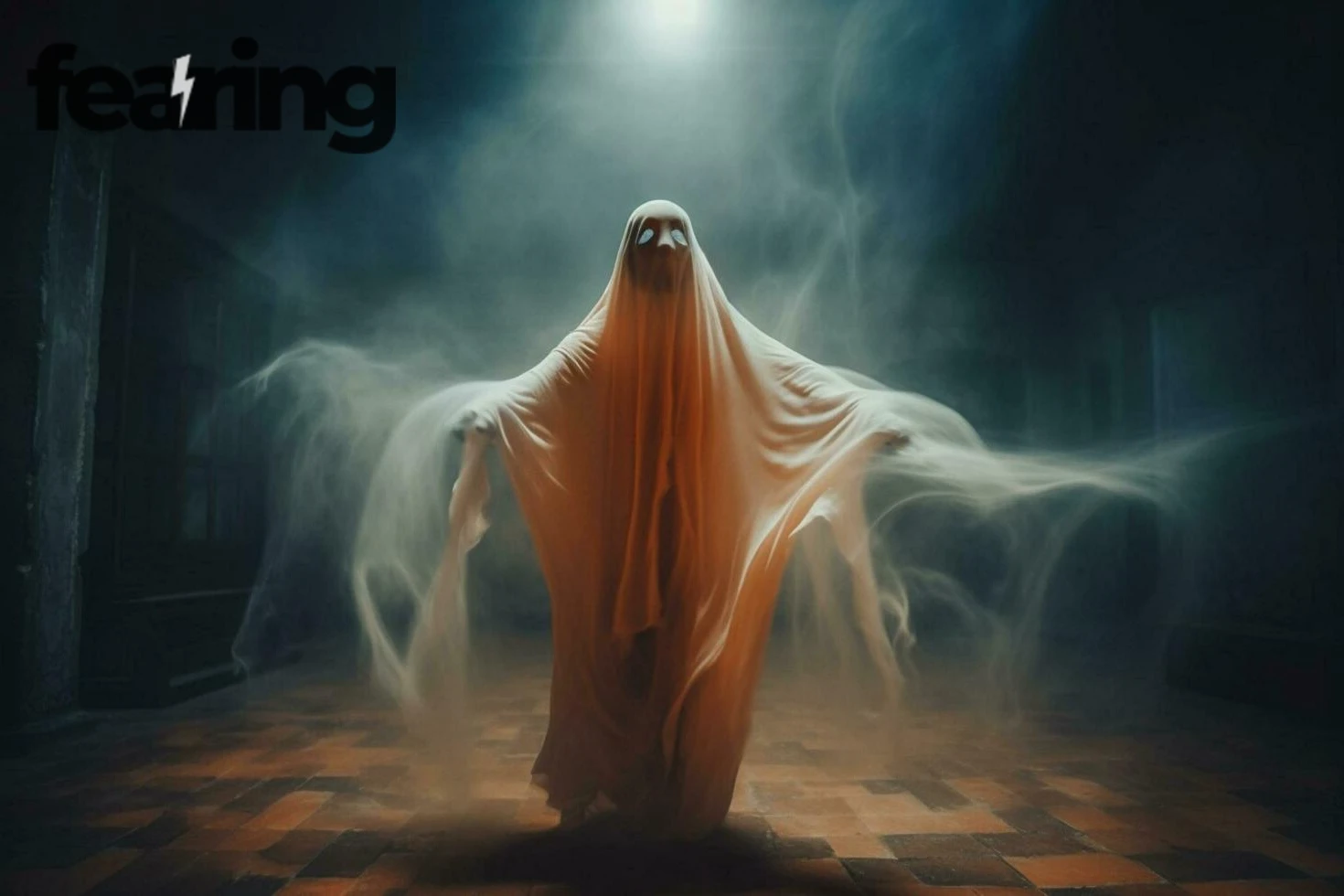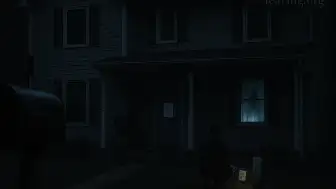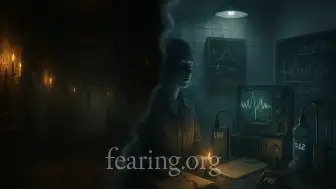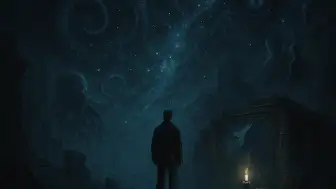Paranormal Investigations represent the fascinating meeting point between human curiosity and unexplained phenomena. Once dismissed as folklore, they now combine psychology, physics, and digital forensics. Investigators today rely on advanced tools such as EMF detectors, AI-based audio filters, and infrared cameras to capture evidence while maintaining a scientific approach. What used to be séance tables and candles has turned into data collection and algorithmic analysis.
According to parapsychologist Dr. Dean Radin, “The more technology we add to ghost hunting, the more we discover that the human mind remains the most mysterious device of all.” His observation captures the core dilemma: every investigation explores both the world outside and the perceptions within.
The Evolution of Paranormal Investigations
The roots of organized Paranormal Investigations stretch back to the late 19th century, when the Society for Psychical Research in London began cataloging ghost sightings with academic precision. Over the decades, the practice evolved from anecdotal storytelling to methodical fieldwork.
By 2025, technology has transformed this pursuit. Investigators no longer rely solely on intuition or personal sensitivity. Instead, they employ sensor networks, spectral cameras, and environmental databases. The focus has shifted from proving ghosts exist to understanding why certain environments provoke paranormal reports.
Psychologist Dr. Richard Wiseman, author of Paranormality, notes: “Haunted places tell us as much about expectation and suggestion as they do about spirits.” His comment reminds us that every unexplained sound or shadow is both physical and psychological.
Key Technologies Used in 2025
Modern Paranormal Investigations integrate tools once reserved for laboratories. Below is an overview of essential equipment and their 2025 upgrades.
| Tool | Primary Function | Modern Advancement |
|---|---|---|
| EMF Meter | Measures electromagnetic fields | AI filters out interference from wiring and devices |
| Thermal Camera | Detects temperature variations | New models map temperature change in 3D |
| Full-Spectrum Camera | Captures IR and UV light | Enhanced lenses detect nonvisible motion |
| EVP Recorder | Records possible voices | AI denoising exposes low-frequency anomalies |
| LIDAR Scanner | Maps spatial dimensions | Generates 3D models of haunted structures |
Veteran investigator Amy Bruni explains, “Tech doesn’t prove the paranormal — it gives us better questions to ask.”
The Psychology of the Unexplained
Scientific research reveals that many Paranormal Investigations uncover more about perception than about spirits. Low-frequency vibration, carbon monoxide, mold spores, and lighting irregularities can cause sensations of dread or presence.
Neuroscientist Dr. Olaf Blanke from EPFL discovered that stimulating the brain’s temporoparietal junction can produce the feeling of being followed. He states, “Our brains can generate ghostly experiences without external cause.” Yet such findings don’t erase curiosity — they deepen it.
As skeptic-turned-researcher Sharon Hill observes, “Every ghost story begins with human honesty. People really do experience something; the challenge is defining what that something is.”
Famous Paranormal Investigations That Shaped History
Throughout the last century, several investigations became cultural milestones and templates for modern inquiry.
Enfield Poltergeist (1977, UK): Investigated by the Society for Psychical Research, this case sparked debate on poltergeist authenticity.
Amityville House (1975, USA): The most famous haunted house case, blending tragedy with folklore.
Waverly Hills Sanatorium (Kentucky): Hundreds of EMF and temperature anomalies recorded over decades.
Raynham Hall (England): Site of the “Brown Lady” photograph, one of history’s earliest alleged ghost images.
Poveglia Island (Italy): Researchers recorded infrasound levels linked to panic sensations, possibly explaining its haunted reputation.
These cases show how storytelling, science, and skepticism coexist within Paranormal Investigations.
The Role of AI and Data Science
Artificial intelligence has quietly become a cornerstone of modern investigation teams. Instead of chasing apparitions, they collect gigabytes of environmental data. AI systems now:
Analyze temperature and EMF correlations to detect false positives
Classify sound frequencies for potential electronic voice phenomena
Use pattern recognition to predict when and where anomalies may occur
Tech researcher Marina Lopez explains, “AI doesn’t detect ghosts — it detects deviation. And sometimes, that deviation is the clue.” This analytical approach helps teams separate authentic anomalies from environmental noise, making findings more credible.
Ethical and Cultural Considerations
Respect is vital in any fieldwork, particularly when investigating cemeteries, religious landmarks, or indigenous sites. Modern teams work with cultural advisors to ensure their presence doesn’t violate local customs.
Anthropologist Dr. Sarah Bartlett emphasizes, “The line between research and intrusion is thin. Every investigation should seek understanding, not spectacle.” Many credible groups now follow ethical charters that forbid staging or provoking activity.
The Growing Public Fascination
Streaming platforms have fueled enormous global interest in ghost hunting. Shows like Ghost Hunters and Kindred Spirits have normalized Paranormal Investigations as mainstream entertainment. A 2025 Statista survey revealed that 61% of adults believe in spirits or supernatural energy, and 37% claim to have experienced something they couldn’t explain.
However, investigator Grant Wilson clarifies, “What viewers see in 40 minutes might take us forty hours. Real investigations are patient science mixed with human storytelling.”
This media exposure has encouraged thousands of hobbyists to form independent teams, often combining skepticism with open-minded curiosity.
How to Conduct a Responsible Investigation
For newcomers inspired by television or social media, professionals recommend the following steps:
Study the Site: Gather historical and environmental background.
Secure Permission: Never trespass; always get written consent.
Calibrate Equipment: Record baseline temperature and EMF levels.
Document Everything: Log times, readings, and environmental conditions.
Debunk Before Believing: Eliminate natural explanations first.
Respect the Space: Avoid provocation or disrespect toward alleged entities.
Veteran researcher John Tenney reminds beginners, “The goal isn’t to prove ghosts — it’s to document reality honestly.”
Why Paranormal Investigations Still Matter
Despite scientific skepticism, humanity’s fascination with the unseen persists. These explorations remind us of the boundaries between knowledge and mystery. The process — setting up equipment in silence, analyzing data for hours, confronting our own fears — reveals more about human nature than about hauntings.
Astrophysicist Neil deGrasse Tyson once remarked, “The universe is under no obligation to make sense to you.” The same could be said for the paranormal. Investigations continue because they reflect a universal truth: people long to understand what lies beyond certainty.
FAQ
Q1: Are paranormal investigations scientific?
A1: They use scientific instruments, but results rarely meet reproducibility standards, keeping them outside formal science.
Q2: What causes most ghost sightings?
A2: Environmental effects such as infrasound, drafts, and electrical fields often explain reported experiences.
Q3: Do investigators believe in ghosts?
A3: Teams vary — some are believers, others are skeptics collecting evidence without assumption.
Q4: Can AI replace human investigators?
A4: No. AI improves data accuracy but cannot interpret emotion, intuition, or cultural meaning.

